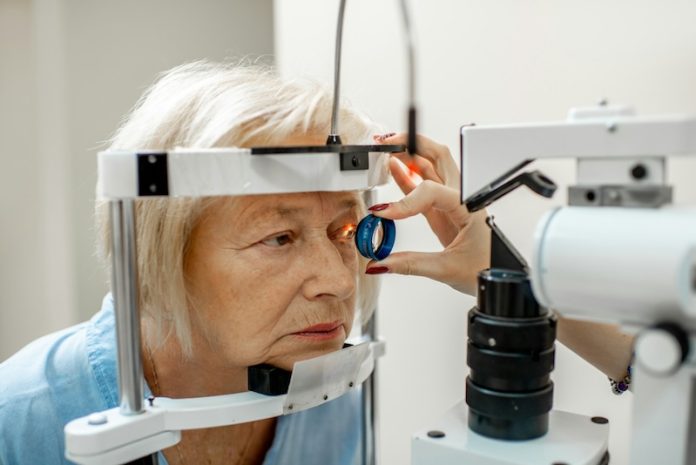
Glaucoma has long been dubbed the “thief in the night” for our eyes, striking silently and often unnoticed until considerable damage has occurred. This eye condition primarily affects the optic nerve and, if left unchecked, can lead to irreversible blindness.
A compelling study from Sweden sheds light on the prevalence and stealthy nature of glaucoma among the elderly, revealing a surprising underdiagnosis of the condition.
The study, part of the extensive H70 project which has been tracking the health of older adults for half a century, focused on the eye health of 560 individuals aged 70.
The findings were startling, with nearly 5% of these seniors diagnosed with glaucoma.
More astonishing was the fact that half of these diagnoses were unknown to the individuals until their participation in the study, highlighting a critical gap in early detection.
Lena Havstam Johansson, the study’s lead researcher, emphasized the significance of their findings, noting the importance of early detection in preventing further damage.
Glaucoma can often be managed effectively with simple treatments like daily eye drops, which work by reducing the eye’s internal pressure and slowing damage to the optic nerve.
One of the reasons glaucoma goes unnoticed is its insidious onset. In the early stages, the condition is virtually symptomless, and the unaffected eye compensates for its counterpart, masking any loss in vision.
This study also revealed that a significant portion of newly diagnosed individuals had normal eye pressure, challenging the conventional reliance on this metric alone for diagnosis.
The study also explored the genetic predisposition to glaucoma, affirming the increased risk among individuals with a family history of the condition. Interestingly, it found that the quality of life for those with glaucoma did not drastically differ from those without.
Individuals with glaucoma reported being just as active and happy, with no increased propensity towards smoking or alcohol consumption.
However, they did experience more difficulties in daily activities, such as climbing stairs, noticing peripheral objects, and seeing curbs in low light, potentially leading to a more home-bound lifestyle.
The implications of this study are profound, especially for those nearing or surpassing the age of 70, as well as individuals with a familial history of glaucoma. Regular eye examinations become crucial for early detection, allowing for the initiation of treatment to preserve vision.
Moreover, the study reassures that a diagnosis of glaucoma does not spell doom for one’s quality of life. With early detection and treatment, individuals can continue to lead fulfilling lives.
This research not only brings to light the covert prevalence of glaucoma among the elderly but also underscores the importance of vigilance in eye health.
It serves as a reminder to not take our vision for granted and to proactively seek out eye care, especially as we age or if we have a family history of eye conditions.
By raising awareness and encouraging regular eye screenings, we can hopefully catch this “thief” before it does irreparable damage.
The findings from the Acta Ophthalmologica journal are a call to action for all of us to keep a closer watch on our eye health and that of our loved ones, ensuring a brighter, clearer future for our vision.
If you care about eye health, please read studies about how vitamin B may help fight vision loss, and MIND diet may reduce risk of vision loss disease.
For more information about eye disease, please see recent studies about how to protect your eyes from glaucoma, and results showing this eye surgery may reduce dementia risk.
Copyright © 2024 Knowridge Science Report. All rights reserved.



